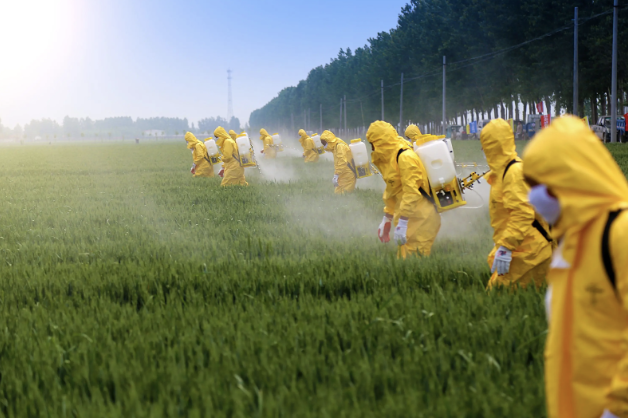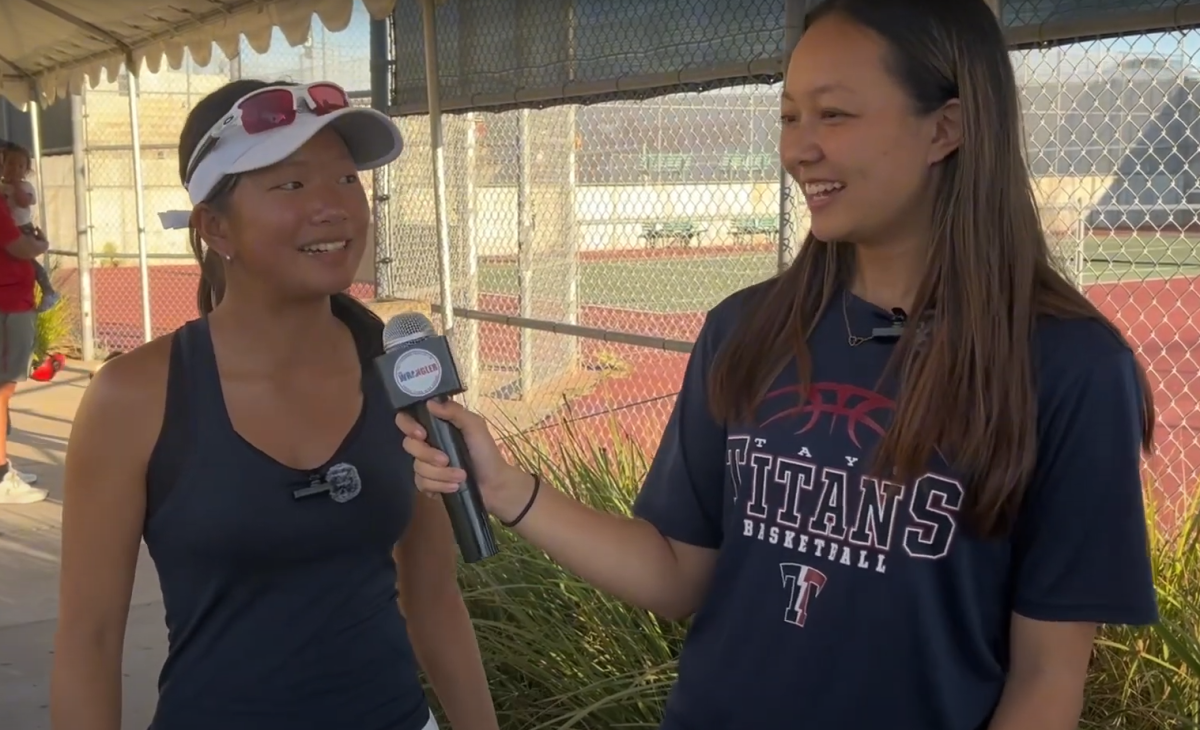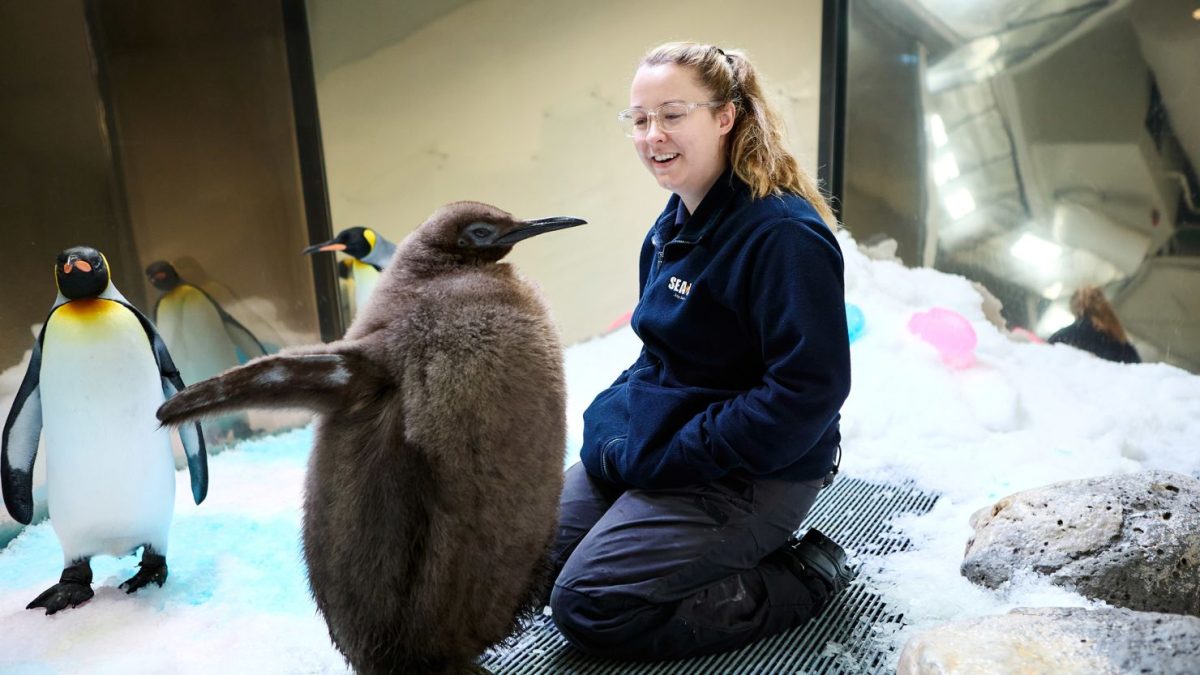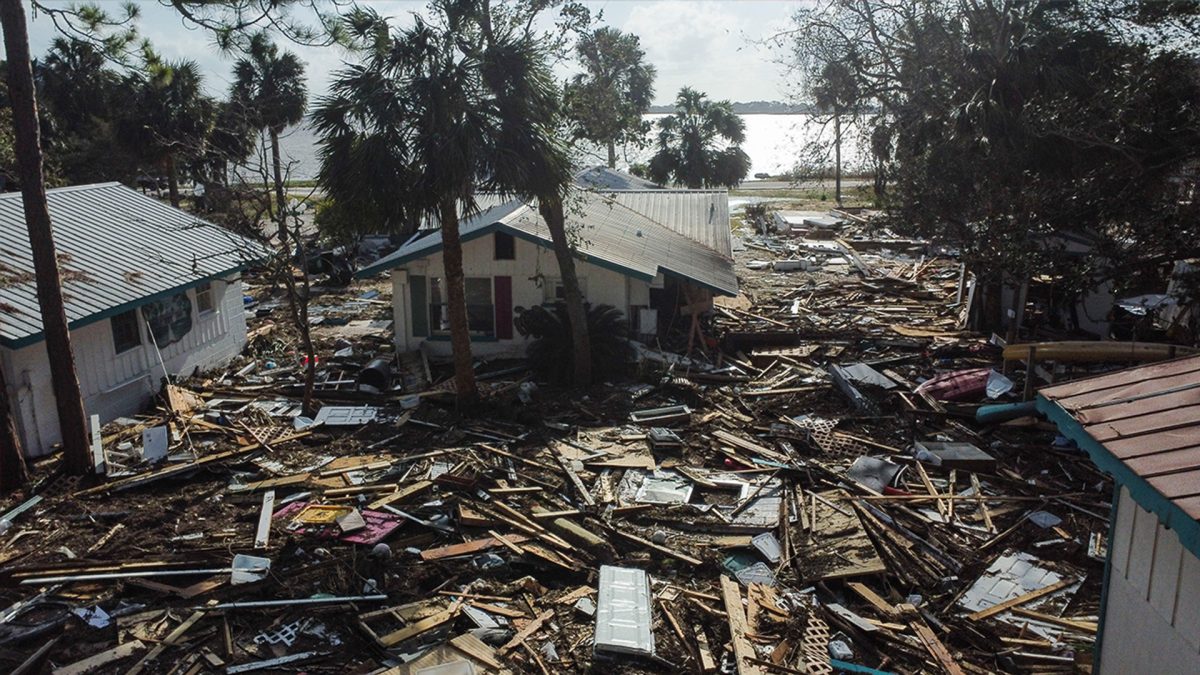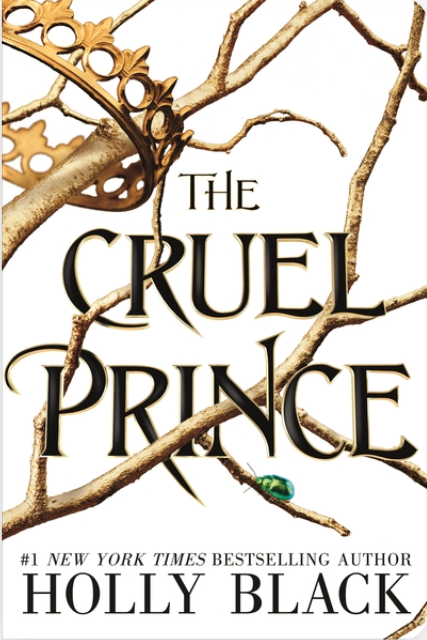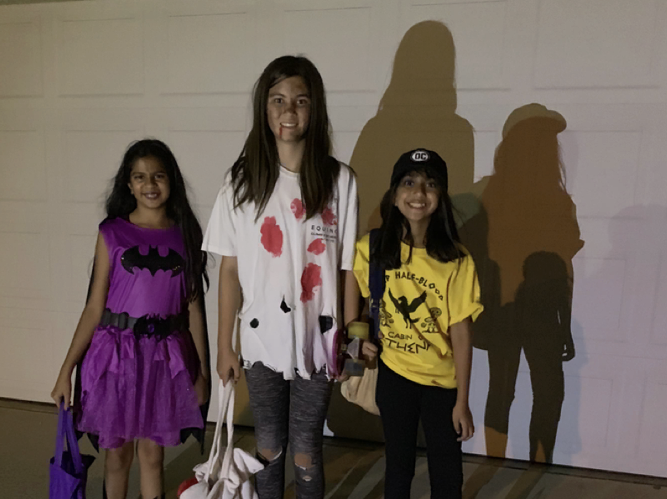Project Milkweed : What it is and How We Can Help
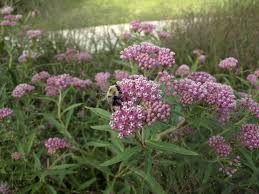
These beautiful milkweed plants are being destroyed all over the US.
November 27, 2021
The number of monarch butterflies migrating to North America has been steadily declining since the early 2000s. According to National Geographic, in 2013, only 33 million monarch butterflies made it to Mexico for their annual winter migration, as opposed to the 550 million butterflies that made it in 2004. Although this may not seem too pressing, if the population of these butterflies continues its decline, it could be detrimental to the health of our ecosystem and could result in a loss of this species, which is something the ecosystem can’t come back from. Environmentalist Lucas Riegler has known of this severe issue for some time now, and believes that “we don’t usually understand how the stuff we do now will impact us heavily in the future. We need to understand that if we don’t take immediate action against this problem now all it’ll do is blow up in our faces later” (Lucas Riegler 11)
There are multiple factors that are contributing to this problem, and a recent example of this could be when a huge loading truck in Brooklyn, NY backed into a milkweed farm, killing more than 75 percent of the farm and all the eggs that had been laid. Other factors contributing to the problems are active deforestation and severe climate change, but the most pressing and prevalent issue is a large number of pesticides being carelessly used on milkweed farms. Monarch butterflies rely solely on these farms to live; it’s their main food source, and the only place they are willing to nest.
Despite the vital need for these farms, farmers and other maintenance workers have taken the little precaution to try and preserve them. Due to this, the plant has decreased 21 percent in abundance in the US between 1995 and 2013. Environmentalists and other professionals are now encouraging people to grow milkweed in their backyards. Considering that milkweed is a wild plant, it requires little to no maintenance and is very cheap to grow. It thrives in cold, dry soil, so this plant is something that anyone can grow. Lucas Riegler also adds that “[he has] been growing milkweed in [his] backyard ever since [he] heard about what’s been happening. It’s very easy and honestly a lot of fun to take care of. Plus every morning [his] backyard is filled with butterflies using the milkweed. Everyone should do their part to help our ecosystem, especially since this is a super easy and simple way to help”




